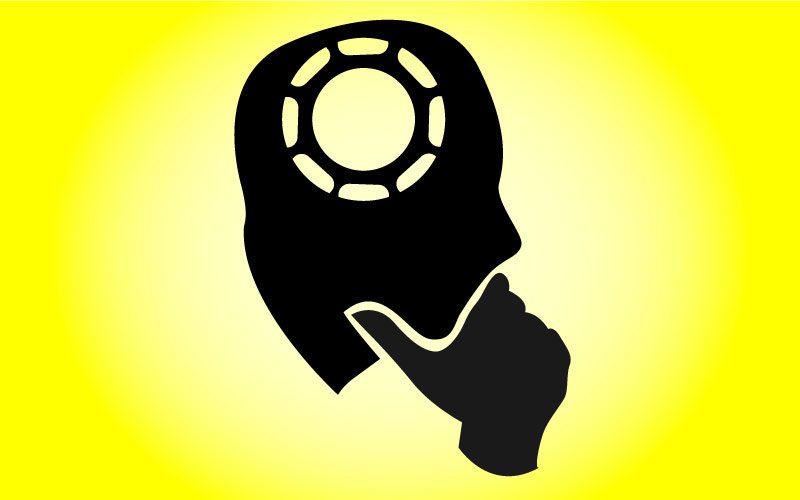After familiarizing yourself with key poker fundamentals such as bankroll management, positional awareness, and aggression, there are a few other aspects of your game you can improve to take the next step in your poker playing career. One of the best ways to improve your winrate is to begin playing more hands before the flop in key situations. There are many things to consider when opening up your pre-flop range including your position at the table, surrounding opponents, and hand playability.
Position
Without a doubt the first factor to consider when expanding your opening range is your position when dealt into the hand. When we discuss position we tend to label players as either "in position" or "out of position." In position refers to the player who is last to act on the post-flop streets, which if you are on the button, is always you! When you first start opening up a wider range you are bound to make mistakes; being the last to act after the flop will significantly reduce these errors turning negative situations into profitable ones. Conversely, being out of position (first to act after the flop) will magnify any leaks you have in your play, especially now that you will find yourself with much more marginal holdings than in the past. Simply put, when you begin to play more hands before the flop you should do so first on the button, moving to your left as you become more comfortable in tougher spots.
Opponents
Those playing small stakes should have little trouble identifying the fish at your tables. However, where this player sits will have a large impact on the number of hands you can play before the flop. If the loose player is on your left it can be quite troublesome opening a wider range as they will rarely fold and you will find yourself playing a lot of pots out of position without strong hands. However, if you are fortunate enough to have them on your right you can open even wider. This is called "isolating" as raising these players limps will get the pot heads-up in position against a weaker opponent. You must be disciplined enough to tighten up when the fish is on your left and fearless enough to become wildly aggressive when he/she is on your right.
Against tighter players we can still be aggressive while in position, but we do not have to fear being out of position as much. For one, these players will fold a lot before the flop to our raises, thus giving us the button when we open from later position. If you notice the player on the button is very tight your cut-off opening range should mirror your typical button range as you are effectively getting to play the button twice each round. This can be a great advantage, especially if the fish are 2-3 seats to your left and will be in the blinds during these hands. They are certainly more likely to call raises from the blinds and we will then have both the initiative and position against them. The tighter player might come along every now and then but they will play straightforward against us when we have the betting lead. We can still continuation bet bluff a lot of flops as their pre-flop range mainly includes low-to-mid pocket pairs which were hoping to hit a set.
Hands
With positional awareness and our opponents PF tendencies in mind, it’s time to discuss what hands are best to begin opening up your range. Typically we want to play hands which will allow us to play aggressively after the flop. This gives us the advantage of winning the pot in more than one way, either by getting our opponent to fold or by actually making the best hand. The hands which best fit this description are what most call "suited connectors," or two cards of the same suit whose rank are similar to one another. Hands like 9Ts, 56s, even A3s are hands which can flop a large combination of draws or extremely strong made hands. Either way, they will lead to a lot of spots after the flop where we can confidently bet multiple streets with either a big hand such as a straight or flush or while on a big draw.
Hands which should be avoided at first are ones which make only marginal strength hands such as top pair with a weak kicker or middle pair. For example, a hand like King-Nine offsuit will rarely make a hand we can play aggressively. For the most part we will flop a weak top pair type hand which will cause us to go into pot control mode. This makes things easier for our opponents as they would much rather we be passive while in position against them. Other hands which fall into this category including bad offsuit aces which are hard to gain value from opponents as they will typically fold to bets on Ace-high boards and we will assuredly get a few bets in when dominated by stronger Ax hands.
The hands mentioned above can be used to either raise, call raises, or even three bet before the flop. As long as we are in position and using them against the correct opponents your mistakes should be few and far between. Much like we might isolate a limper we can also three bet more aggressive fish to get the pot heads-up before the flop. Against tighter players who happen to be on our right we can win a lot of small pots either before the flop or on the flop by raising/three-betting and continuation betting the flop. These 5-15BB pots may seem insignificant but over the long run they will add up. We will also aggravate our opponents by constantly hammering them and they will end up becoming frustrated and make mistakes while out of position against us. This is a great on multiple levels, as not only are they making errors, but they are doing so while we have position which should help us magnify these faults.
Advanced Play
We can only widen our later position range so much; eventually we will have to open our range in other spots as well. This balance can be quite beneficial as it will make us that much tougher to play against as our range will include an array of hand strengths. While most players tend to open a very table range of 99+, AQ+ from earlier position, it can be a good idea to add in other hands which are either quite easy to play after the flop (low pocket pairs that either flop sets or are folded) or again hands which are easy to play aggressively, much like we might with over-pairs such as Pocket Aces.
Opening a wider range here helps in more ways than one. Instead of our opponents being able to set-mine profitably against our early position range, we can now have a large portion of our range that will not stack off lightly or without decent equity. For example, instead of our stack-off range being primarily comprised of over-pairs and top-pair hands we can now include a lot more nut flush draws and open-ended straight flush draw hands which dramatically increase our range equity versus our opponents’. To begin opening a wider range from earlier position start with suited Aces and some bigger suited connectors like QJs, JTs, etc. These hands will do better in showdown pots than the smaller connected hands and the Ace-high flush draws are quite strong against players who will commit themselves with worse draws.
Remember to start first by playing these hands in position, as always in poker we should experiment with new concepts while on the button and then move to the left as we become more comfortable. As you begin getting into tougher situations your reads will develop at a faster rate and you will begin playing better poker in general. As long as you are using position to your advantage, choosing the correct opponents to isolate, and playing hands which allow you to be aggressive, you should have little trouble in opening up your game.
Submit your review | |









